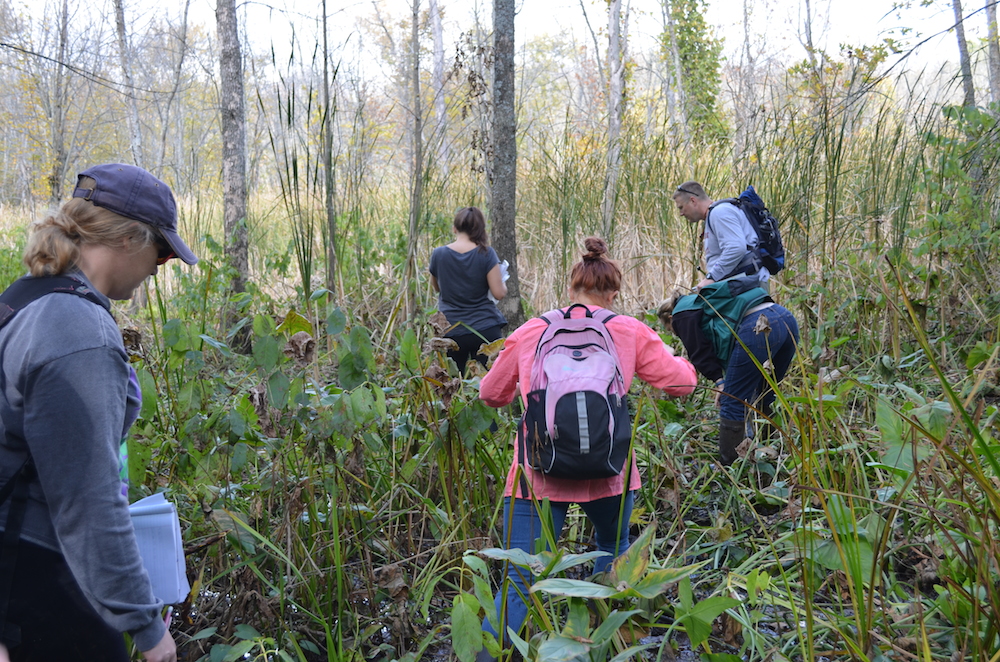I. Assignment Introduction
This semester you will undertake a project that integrates traditional taxonomic practices, ongoing citizen science initiatives, and digital-age herbarium curatorial skills. Your final project will be to produce archival-quality, research-ready plant collections that will become part of our national biodiversity archive. Biodiversity archives impact many areas of science and education as evidenced by a vast body of scientific literature reflecting the importance of well-curated, digitized herbarium collections. For hundreds of years, scientists studying plant diversity have documented and vouchered specimens from all over the world. These data, while always available at physical herbarium locations, can now be accessed virtually at the click of the mouse. This has led to an explosion of scientific and research innovation in the biodiversity community as specimens are being used in novel ways to address emerging environmental issues of global concern. Information from publicly available specimens is being used to understand how changing climates affect plant phenology (Primack et al., 2004; Miller-Rushing et al., 2006; Willis et al. 2008) and to track the spread of invasive species over time (Novak and Mack, 2001), not to mention that DNA can be successfully extracted from specimens for many different applications (Lees et al., 2011; de Vere et al., 2012; Delye et al., 2013). Due to the importance of collections both in hand and online, the project you undertake in this course will emphasize the skills and best practices required to facilitate downstream applications of your collection and documentation of plant biodiversity. Herbarium specimens are not musty, dead plants hidden away in a cabinet; they are keys to the future of many biological disciplines.
The assignment is to archive plant specimens collected in the field. Students will 1) keep detailed field notes, 2) collect and document plant specimens for archival purposes, and 3) use traditional and emerging tools to reliably identify multiple plant species. As part of this exercise, students will interact with iNaturalist, an observation-based online tool to bring together professional and citizen scientists documenting biodiversity. There may also be an opportunity to work with the virtual herbarium community and incorporate student collections into the Symbiota digitization platform. Specific instructions will be given for each leg of the assignment, but students are encouraged to explore the potential of emerging technology and curatorial tools to learn about the value and utility of specimens and their virtual aggregation.
Items Due*:
- Herbarium-ready specimens
- Specimen data recorded in iNaturalist
- Detailed notes on plant identifications
*Details on specific requirements for number and diversity of specimens, due dates, and percentage points can be found in your instructor's class syllabus.

Checklist for course collection assignment (PDF)